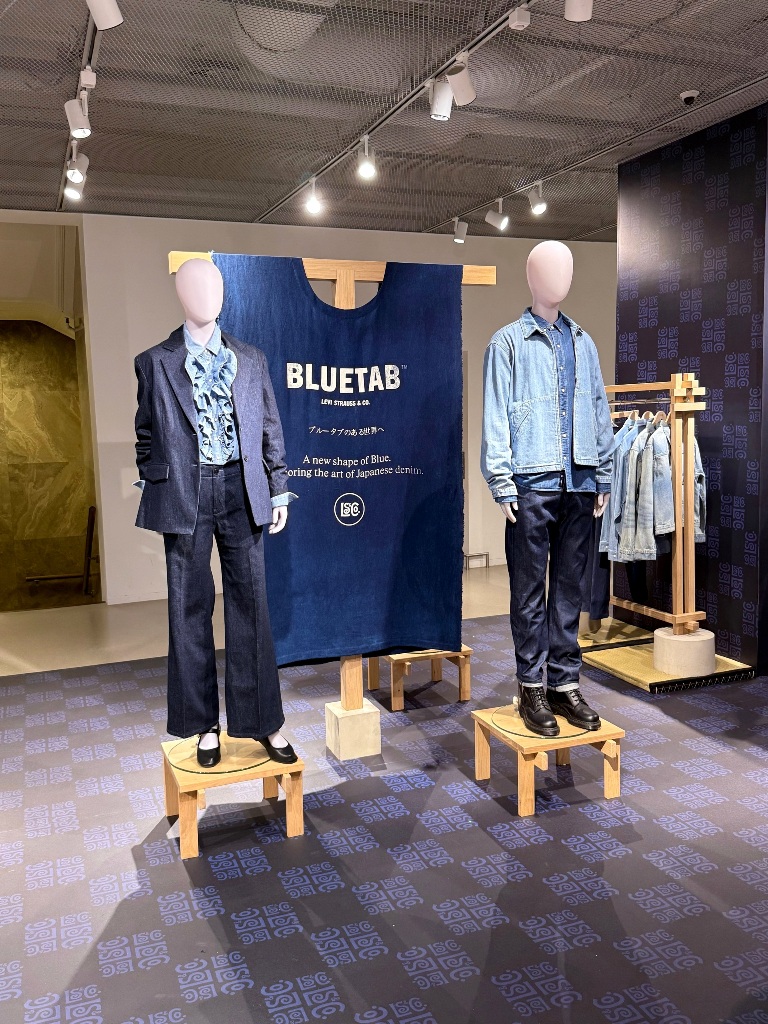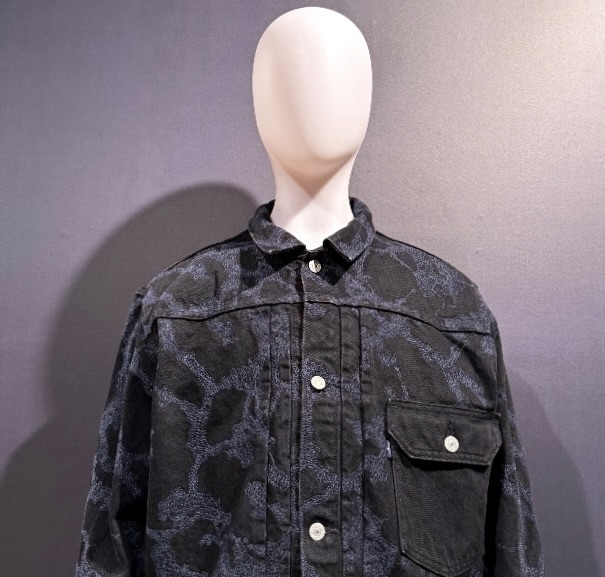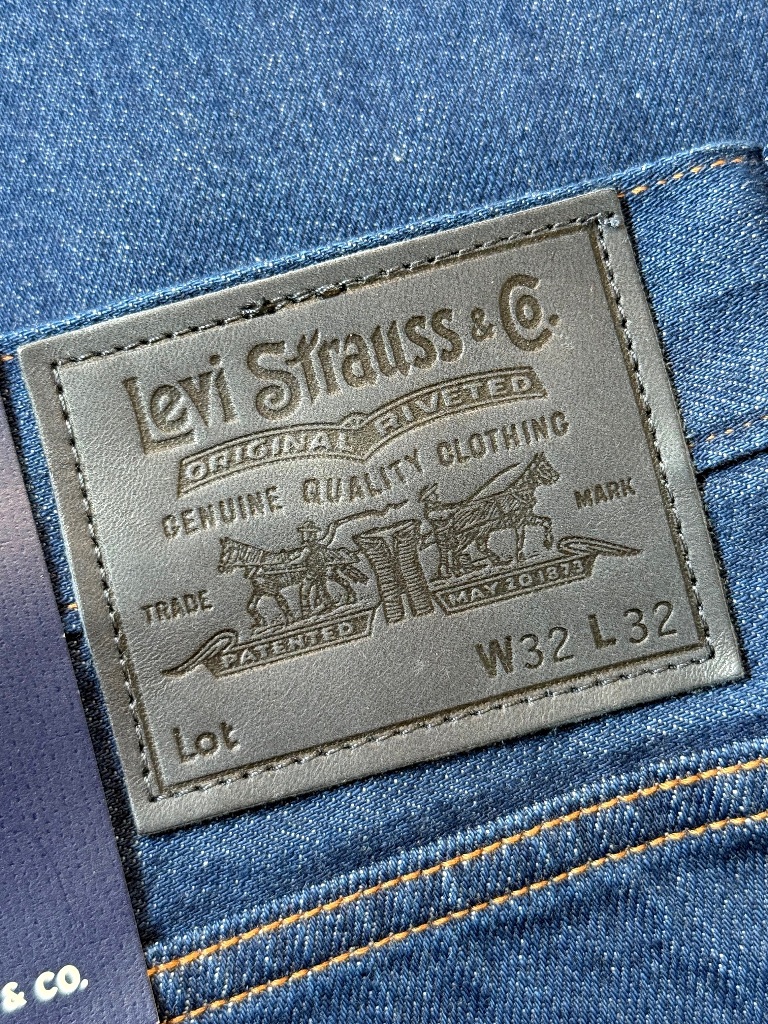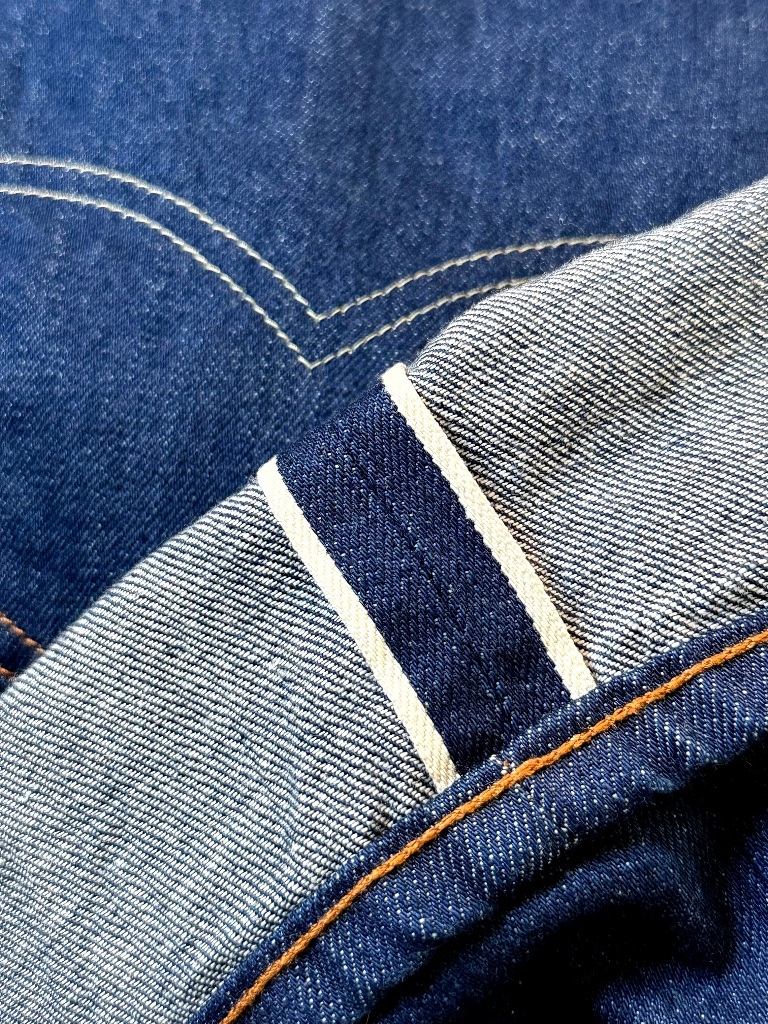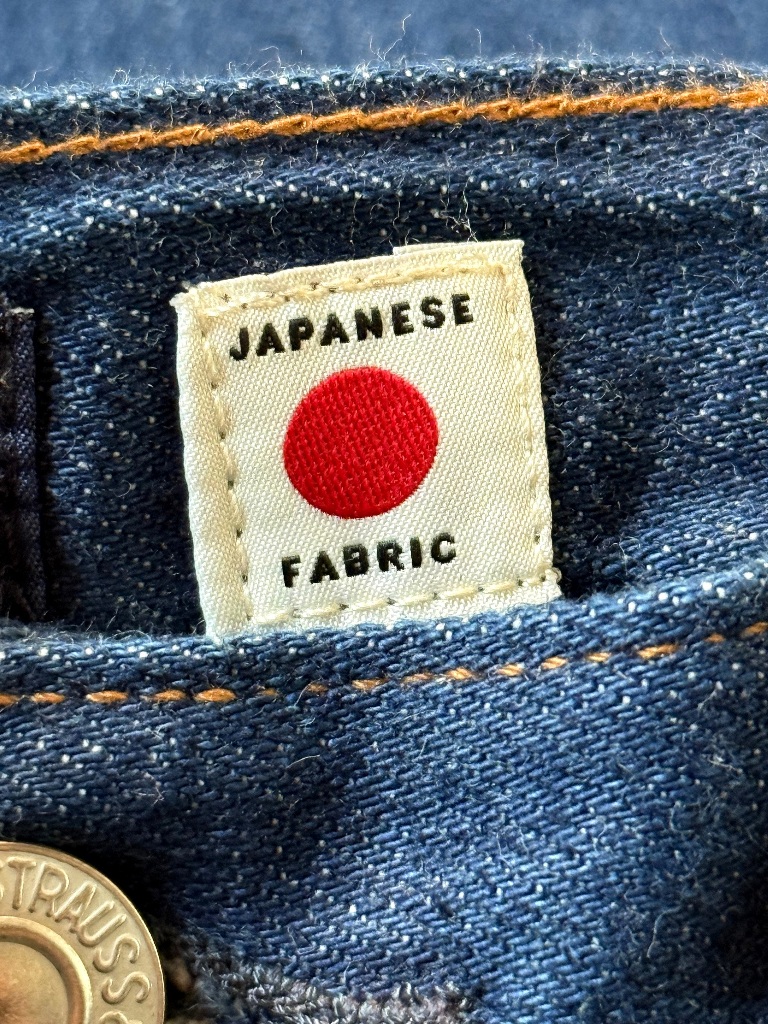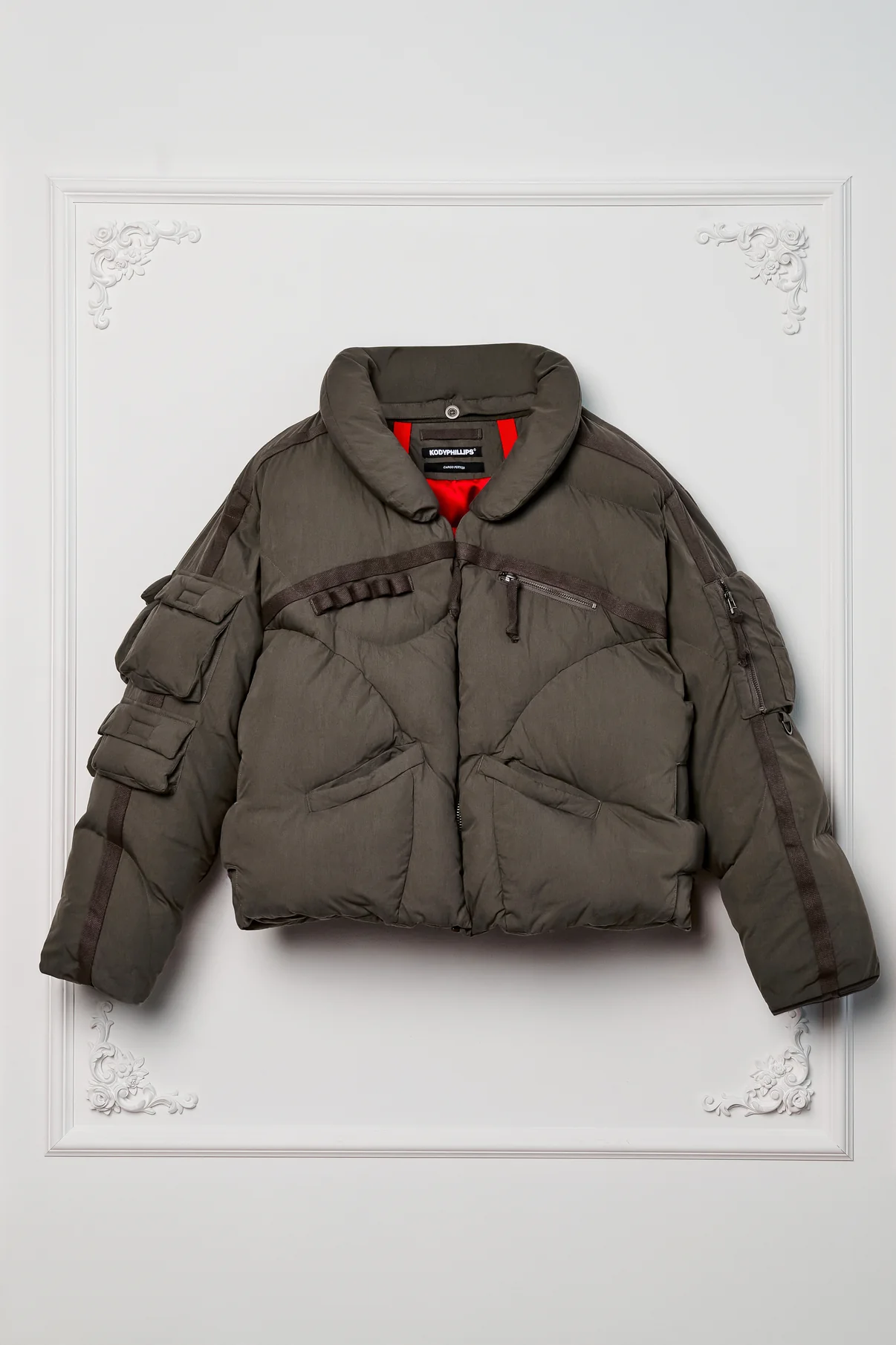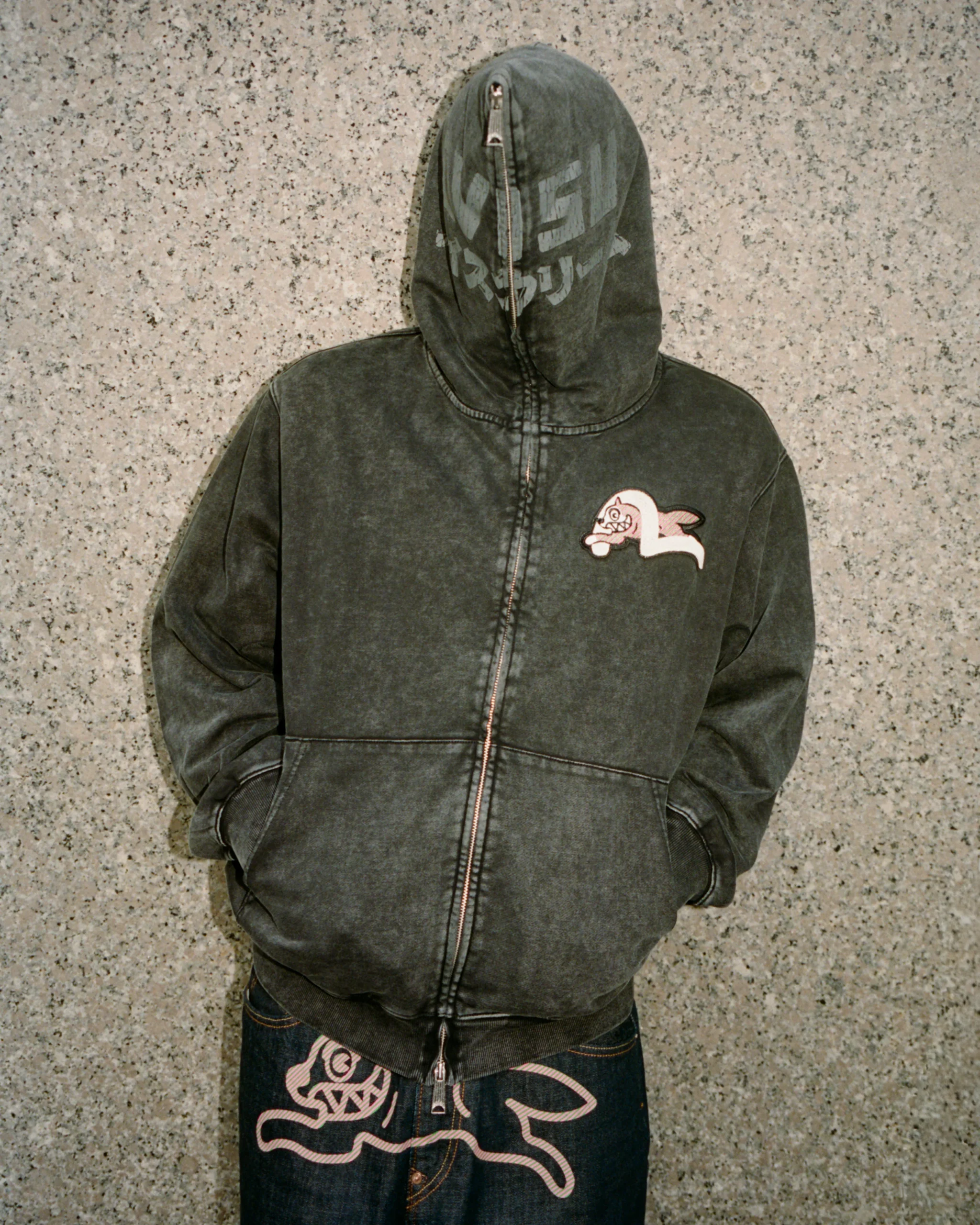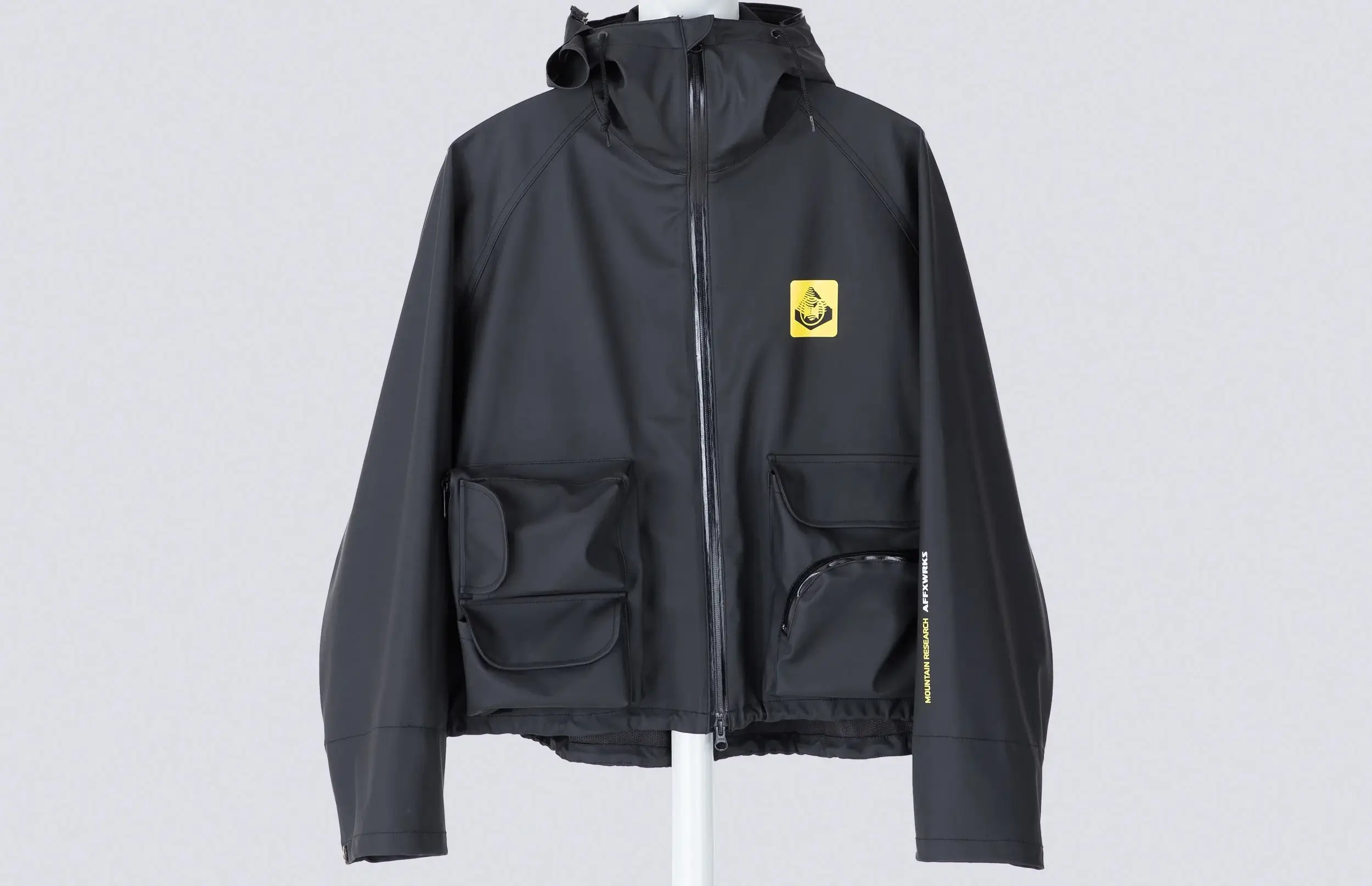Levi’s has long been synonymous with denim’s origin story, the blueprint upon which the entire industry rests. Yet heritage alone cannot sustain relevance in a world where fashion reinvents itself daily. The Blue Tab collection arrives as both a nod to the past and a challenge to the present. By reaching into Japanese craftsmanship and weaving it into Levi’s own narrative, the line signals a new dimension of authenticity while honoring the indigo traditions that have shaped denim culture.
A Tab Motif for Every Era
The use of colored tabs in Levi’s history has always carried coded meaning. Red tab jeans became shorthand for the classic 501, orange tab captured the rebellious edge of the 1970s, and silver tab defined the loose silhouettes of the 1990s. Blue Tab enters as a continuation of this lineage, designed to resonate with a new audience of denim purists and fashion collectors. Its very name situates it within Levi’s family of cultural signifiers, promising a particular sensibility: craft, rarity, and global dialogue.
Japan’s Fabric Legacy
Central to the Blue Tab identity is its embrace of Japanese fabric. For decades, Japan has been the spiritual home of selvedge denim, with mills in Okayama revered for their precision, texture, and dedication to tradition. Levi’s, once the brand that symbolized America to postwar Japan, now reverses the exchange, showcasing Japanese textiles as the foundation of its most premium line. This gesture acknowledges not only quality but also the global evolution of denim as a shared culture.
Craft in the Details
The garments themselves carry the markers of serious denim work. Selvedge edges framed by white and indigo striping, heavyweight fabrics that promise slow and beautiful fades, embossed leather patches recalling Levi’s earliest days, and chain-stitched hems signal authenticity. These touches transform Blue Tab from a retail product into a collector’s item, appealing to consumers who see denim as more than fashion, but as a living artifact to be shaped by time and wear.
Expanding the Silhouette
Blue Tab does not limit itself to jeans alone. The collection ventures into jackets, tailored indigo suits, and wide-leg trousers, expanding the vocabulary of Levi’s while still rooted in denim. The range is displayed as full looks rather than individual pieces, underscoring Levi’s ambition to present itself as a complete outfitter rather than simply the originator of jeans. Within these silhouettes lies the brand’s ability to blur the boundary between workwear tradition and contemporary fashion experimentation.
Branding Across Borders
Visual language plays a key role in the Blue Tab identity. Banners and garment labels carry both English and Japanese text, underscoring the international dialogue that defines the line. A stitched tag reading “Japanese Fabric” becomes more than a note of origin; it is a badge of pride, signaling to consumers that what they wear carries a history of meticulous craft. In a crowded denim marketplace, transparency and provenance are the new markers of value, and Blue Tab leverages them with precision.
Scarcity as Strategy
The modern fashion economy thrives on limited releases and insider cachet. Blue Tab is positioned deliberately within this context. It is not a mass-market line, but a curated capsule designed to appeal to those who know the difference between selvedge and non-selvedge, who view jeans as canvases for personal history. Scarcity creates desirability, and by emphasizing exclusivity, Levi’s ensures that Blue Tab becomes not just a purchase but a membership in a cultural conversation.
Sustainability
While the marketing of Blue Tab leans on heritage and exclusivity, the underlying narrative is one of sustainability. Premium denim is built to last, meant to be worn for years rather than seasons. The ritual of breaking in a pair of raw indigo jeans is itself a slow act of conscious consumption. Levi’s presents Blue Tab not as disposable fashion but as investment pieces, aligning with the values of a generation increasingly aware of environmental impact.
Nostalgia
Levi’s has always been adept at storytelling, but nostalgia alone cannot sustain a brand’s momentum. Blue Tab balances reverence for archival details with contemporary cuts and styling. A black patterned denim jacket sits comfortably beside classic trucker silhouettes, proving that the line is not just heritage on repeat but an evolving dialogue. This willingness to experiment keeps Levi’s present in fashion conversations rather than confined to its past glories.
Denim as Cultural Artifact
The reception to Blue Tab among denim enthusiasts has been marked by respect for the fabric and construction. Casual consumers may not catch every nuance, but the symbolic cues — selvedge seams, heavyweight indigo, Japanese labels — communicate difference and quality. For Levi’s, this is the sweet spot: a collection that delights connoisseurs while remaining approachable for newcomers. Denim, in this form, becomes not only clothing but a cultural artifact, one that situates Levi’s at the intersection of history and innovation.
The Next Chapter in Levi’s Story
Every decade, Levi’s faces the same challenge: how to remain relevant while carrying the weight of being the original. The answer has often come through sub-lines that reinterpret the brand for new generations. Just as orange tab and silver tab captured the spirit of their times, Blue Tab now embodies the values of craftsmanship, globalism, and sustainability. It proves that Levi’s is not content to rest on reputation but continues to reinvent its role in fashion culture.
Flow
Blue Tab is more than a limited release. It is a statement of intent, a reminder that Levi’s is both history and future. By weaving Japanese fabric into its core identity, the brand acknowledges denim as a global phenomenon while reinforcing its position as the original storyteller. For denim devotees, Blue Tab affirms Levi’s enduring authority. For new consumers, it offers an introduction to the beauty of slow fashion and authentic craft. In both cases, it ensures that Levi’s journey — like indigo itself — only deepens with time.
No comments yet.

